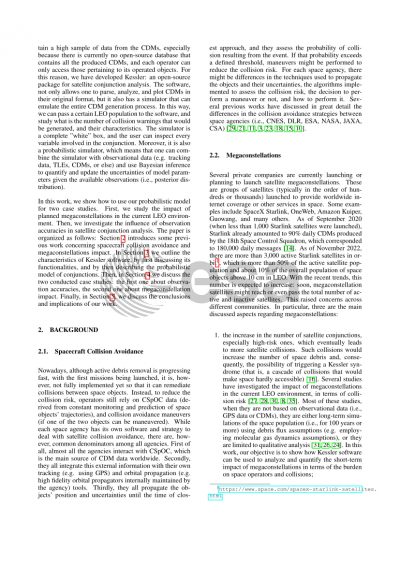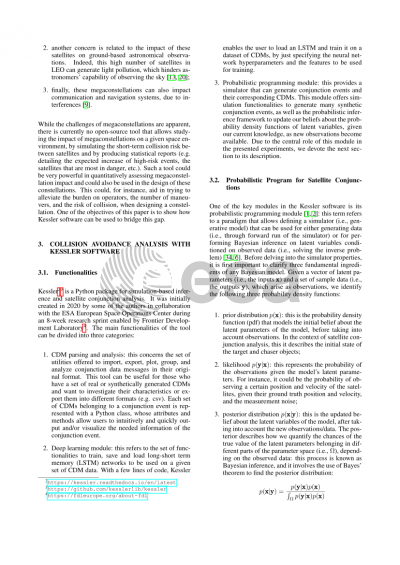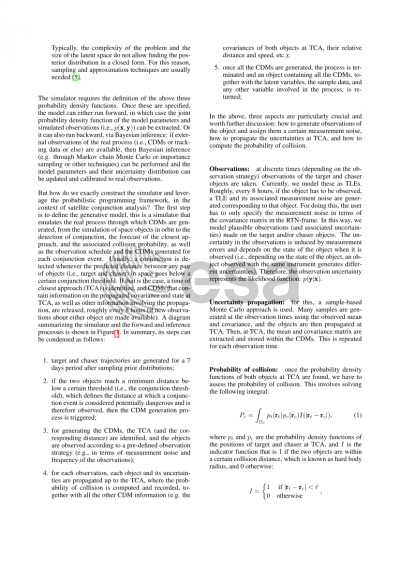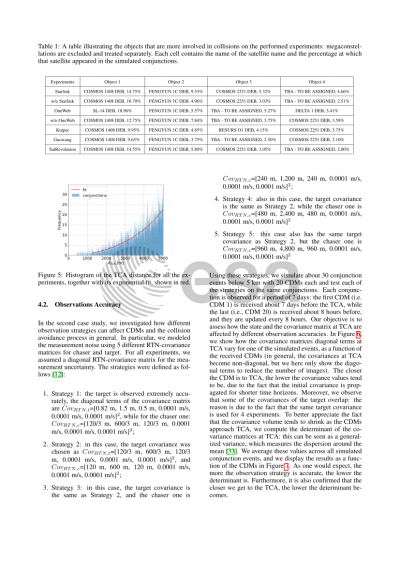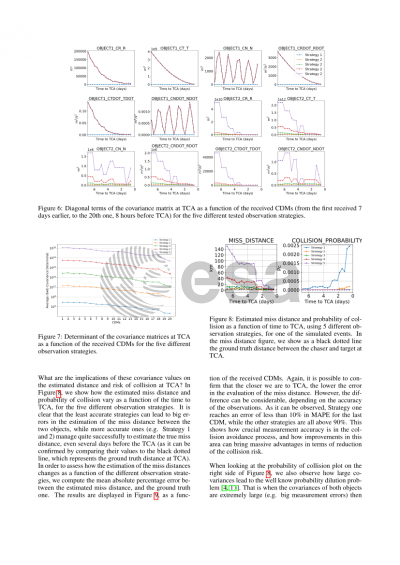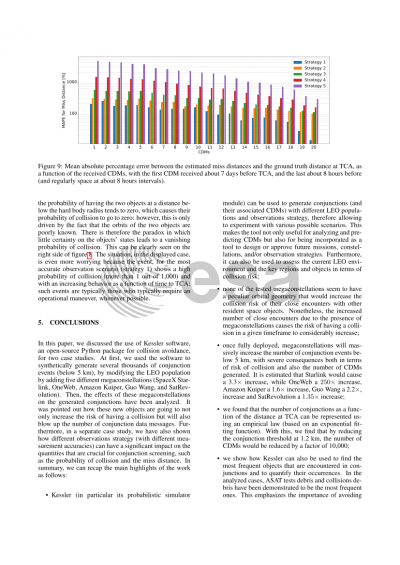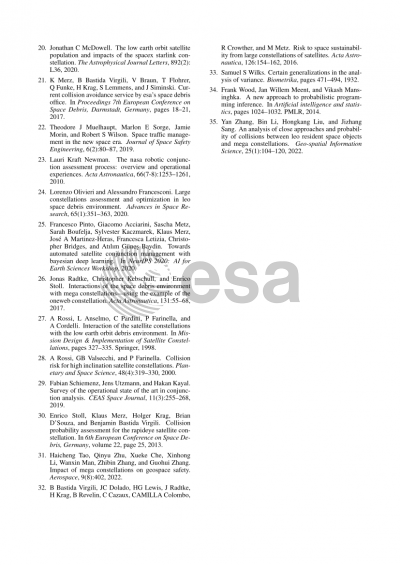Document details
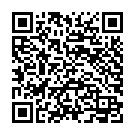
Abstract
The risk of collisions in Earth's orbit is growing markedly. In January 2021, SpaceX and OneWeb released an operator-to-operator fact sheet that highlights the critical reliance on conjunction data messages (CDMs) and observations, demonstrating the need for a diverse sensing environment for orbital objects. Recently, the University of Oxford and the University of Surrey developed, in collaboration with Trillium Technologies and the European Space Operations Center, an open-source Python package for modeling the spacecraft collision avoidance process, called Kessler. Such tools can be used for importing/exporting CDMs in their standard format, modeling the current low-Earth orbit (LEO) population and its short-term propagation from a given catalog file, as well as modeling the evolution of conjunction events based on the current population and observation scenarios, hence emulating the CDMs generation process of the Combined Space Operations Center (CSpOC). The model also provides probabilistic programming and ML tools to predict future collision events and to perform Bayesian inference (i.e., optimal use of all available observations).
In the framework of a United Kingdom Space Agency-funded project and with Cranfield University, we analyze and study the impact of megaconstellations and observation models in the collision avoidance process. First, we developed realistic radar and optical observation models to add to the Kessler tools. We then monitor and report how the number of CDMs varies, according to different observation models and different observation schedules (i.e., more and less frequent). The observation models will emulate radar observation strategies. Then, we analyze the impact of future megaconstellations (7 future systems, with 24,787 more satellites in varying orbits) on the number of warnings generated from the increase in the probability of collision leading to an increased burden on space operators. FCC licenses were used to identify credible megaconstellation sources to understand how a potential five-fold increase in active satellites will impact LEO situational safety. We finally present how our simulations help understand the impact of these future megaconstellations on the current population, and how we can devise better ground observation strategies to quantify future observation needs and reduce the burden on operators.
Preview

